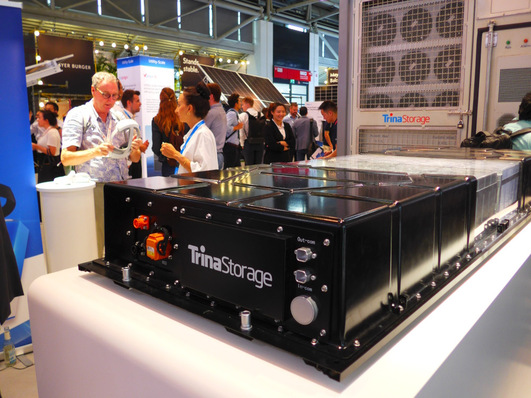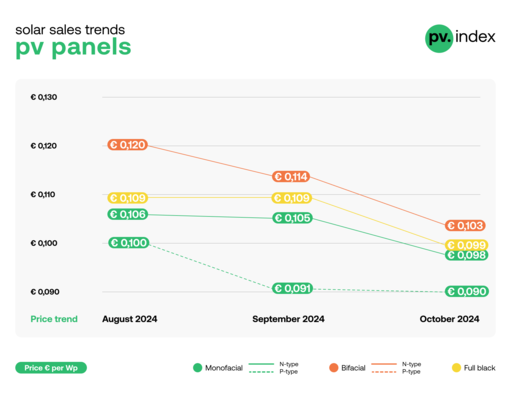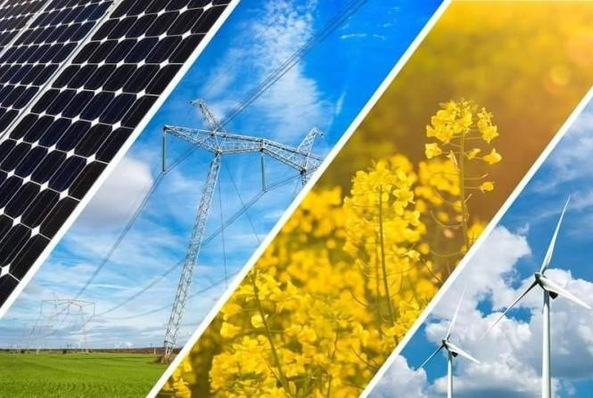Rising raw material and battery component prices and soaring inflation have led to the first ever increase in lithium-ion battery pack prices since BloombergNEF (BNEF) began tracking the market in 2010. After more than a decade of declines, volume-weighted average prices for lithium-ion battery packs across all sectors have increased to 151 US dollars per kilowatt hour in 2022, a 7 per cent rise from last year in real terms. The upward cost pressure on batteries outpaced the higher adoption of lower cost chemistries like lithium iron phosphate (LFP). BloombergNEF expects prices to stay at similar levels next year, further defying historical trends.
The above figures represent an average across multiple battery end-uses, including different types of electric vehicles, buses and stationary storage projects. There are indications that on average, cells account for 83 per cent of the total pack price. Over the last three years, the cell-to-pack cost ratio has diverged from the traditional 70:30 split. This is partially due to changes to pack design, such as the introduction of cell-to-pack approaches, which have helped reduce costs.
Lowest battery prices in China
By world regions, battery pack prices were lowest in China, at 127 US dollars per kilowatt hour. Packs in the US and Europe were 24 per cent and 33 per cent higher, respectively. Higher prices reflect the relative immaturity of these markets, the higher production costs, the diverse range of applications and battery imports. For the higher end of the range, low volume and bespoke orders push prices up.
See also: Over 1 million European homes solar battery-powered
Prices could have risen further in 2022 had it not been for the higher adoption of the low-cost cathode chemistry known as LFP, and the continued reduction of expensive cobalt in nickel-base cathodes. On average, LFP cells were 20 per cent cheaper than lithium nickel manganese cobalt oxide (NMC) cells in 2022. However, even low-cost chemistries like LFP, which is particularly exposed to lithium carbonate prices, have felt the bite of rising costs throughout the supply chain. LFP battery pack prices rose 27 per cent in 2022, compared to 2021.
Battery prices to start dropping again by 2024

BloombergNEF
While prices for key battery metals like lithium, nickel and cobalt have moderated slightly in recent months, BNEF expects average battery pack prices to remain elevated in 2023.
Also interesting: Renewable energy investments in Africa lag behind
BNEF expects battery price to start dropping again in 2024, when lithium prices are expected to ease as more extraction and refining capacity comes online. Based on the updated observed learning rate, BNEF’s 2022 Battery Price Survey predicts that average pack prices should fall below 100 US dollars per kilowatt hour by 2026. This is two years later than previously expected and will negatively impact the economics of energy storage projects.
Cost reductions due to new technologies
Continued investment in R&D, manufacturing process improvements, and capacity expansion across the supply chain will help to improve battery technology and reduce costs over the next decade. BloombergNEF expects next-generation technologies, such as silicon and lithium metal anodes, solid-state electrolytes and new cathode material and cell manufacturing processes, to play an important role in enabling further price reductions. (mfo)







